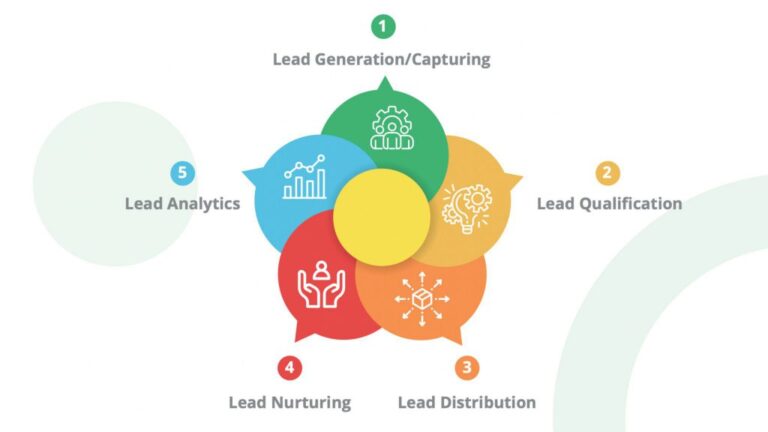Lead Management System
A Lead Management System (LMS), also known as a Customer Relationship Management (CRM) system with lead management capabilities, is a software or digital solution designed to help organizations efficiently capture, track, nurture, and convert leads into customers or clients. It is particularly valuable for businesses and sales teams that rely on a steady flow of leads to drive their sales and marketing efforts. The primary goal of a Lead Management System is to optimize the lead-to-customer conversion process by providing tools and features that streamline lead handling and facilitate effective communication with potential customers.

Here are key features and functionalities commonly found in a Lead Management System:
Lead Capture: Collect leads from various sources, such as website forms, social media, email campaigns, trade shows, and online advertisements. These leads can be stored in a central database.
Lead Segmentation: Categorize leads into different segments or categories based on criteria like demographics, behavior, location, or lead source.
Lead Tracking: Monitor the journey of each lead through the sales funnel, from initial contact to conversion. This includes tracking interactions, touchpoints, and engagement history.
Lead Scoring: Assign scores or rankings to leads based on their level of interest, engagement, and fit with your ideal customer profile. This helps prioritize which leads to focus on.
Lead Nurturing: Implement automated workflows and drip email campaigns to nurture leads over time with relevant content, offers, and follow-ups.
Communication Tools: Enable communication with leads through email, SMS, phone calls, and other channels directly from the system. Log and store communication history.
Lead Distribution: Assign leads to specific sales representatives or teams based on criteria like territory, expertise, or workload.
Reporting and Analytics: Generate reports and analytics to track the performance of lead generation efforts, conversion rates, and the effectiveness of marketing campaigns.
Integration: Integrate with other software systems, such as email marketing platforms, sales automation tools, and customer support software, to create a seamless workflow.
Lead Conversion: Facilitate the conversion of leads into customers by tracking sales opportunities, creating quotes, and managing the sales pipeline.
Lead Database Management: Maintain a clean and organized database of leads, ensuring data accuracy and compliance with data privacy regulations.
Lead Source Attribution: Determine which marketing channels or campaigns are most effective at generating leads and conversions.
Follow-up Reminders: Set reminders and tasks for sales representatives to follow up with leads at the right time.
Lead Qualification: Define criteria for lead qualification and ensure that only qualified leads progress through the sales funnel.
Mobile Accessibility: Provide mobile access to the Lead Management System, allowing sales teams to manage leads while on the go.